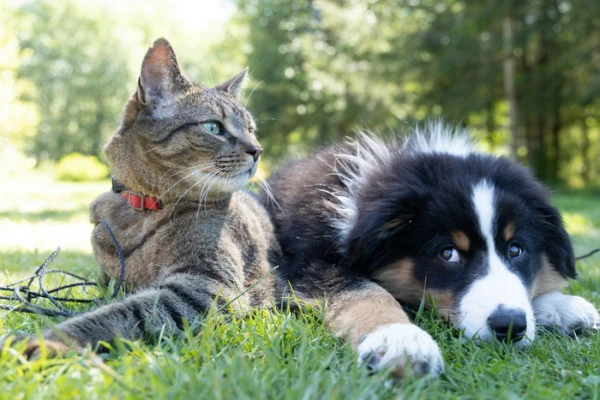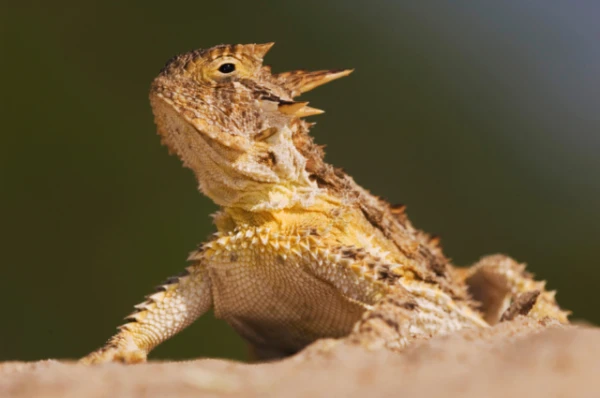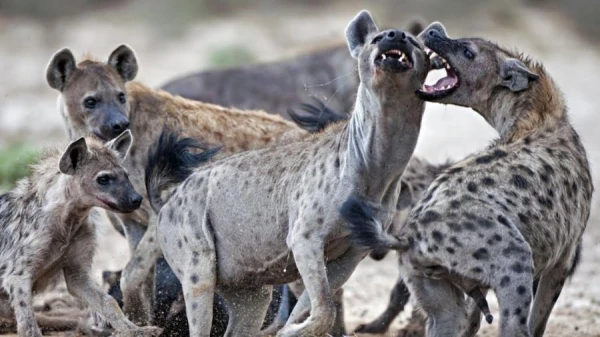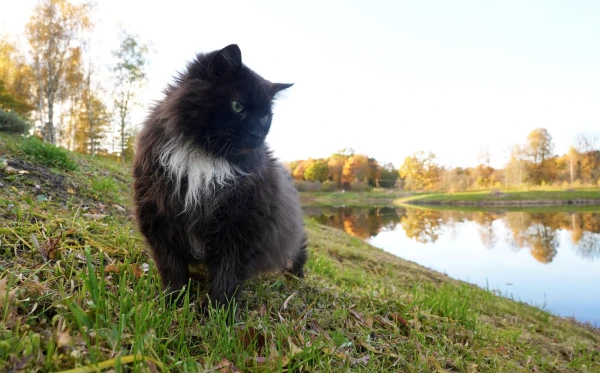
When setting out on their journeys, predators from the Canidae and Felidae families follow different strategies: the former stick to familiar routes, while the latter roam randomly.
This is discussed by the authors of a recent article in PNAS – one hundred seventy-nine researchers from various scientific centers who analyzed GPS data from over 1200 predators.
The predators belonged to thirty-four species – coyotes, foxes, wolves, leopards, lynxes, lions, etc., in general, as mentioned, canids and felids. It has always been believed that both groups roam their territories randomly, and this randomness was incorporated into conventional ecological-mathematical models.
However, it has now been found that canids use more or less fixed paths that they choose, remember, and utilize from time to time; felids, on the other hand, navigate their areas with more arbitrary, inconsistent routes.
Most likely, this difference is related to the fact that canids have a stronger sense of smell, allowing them to choose a permanent path from which they can conveniently sniff the rest of the territory. Felids, with their weaker sense of smell, have to wander here and there to avoid missing anything important, and at the same time, they face a higher risk of encountering trouble that canids can detect from a greater distance.















Leave a comment